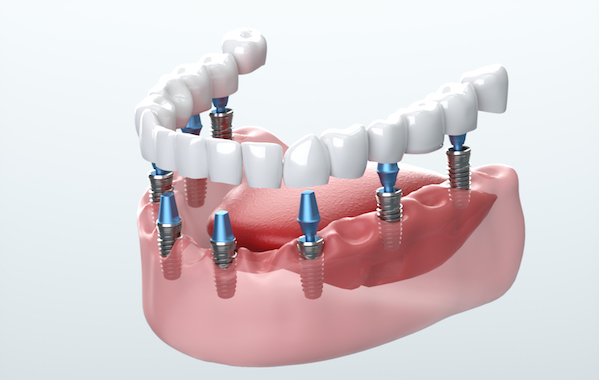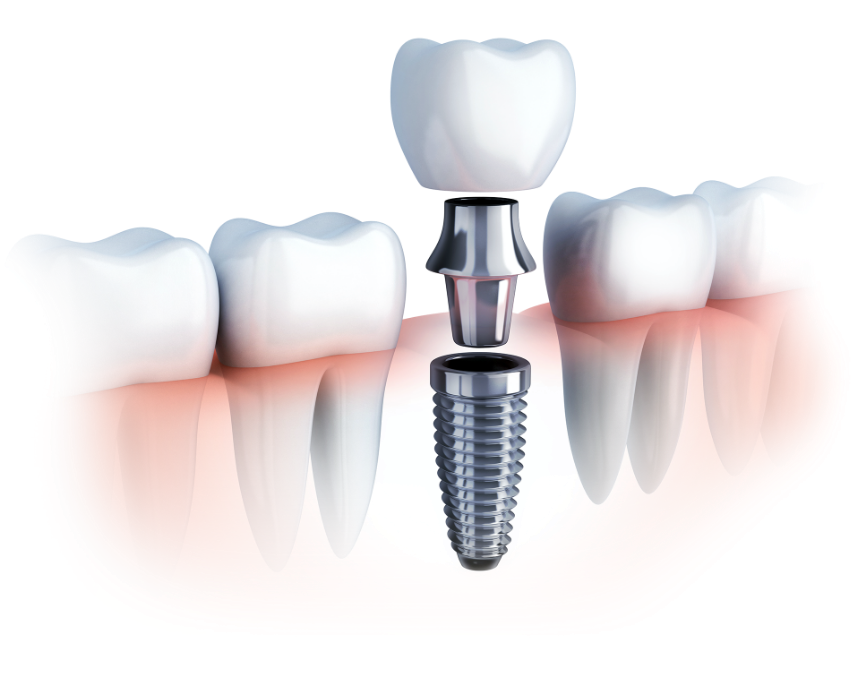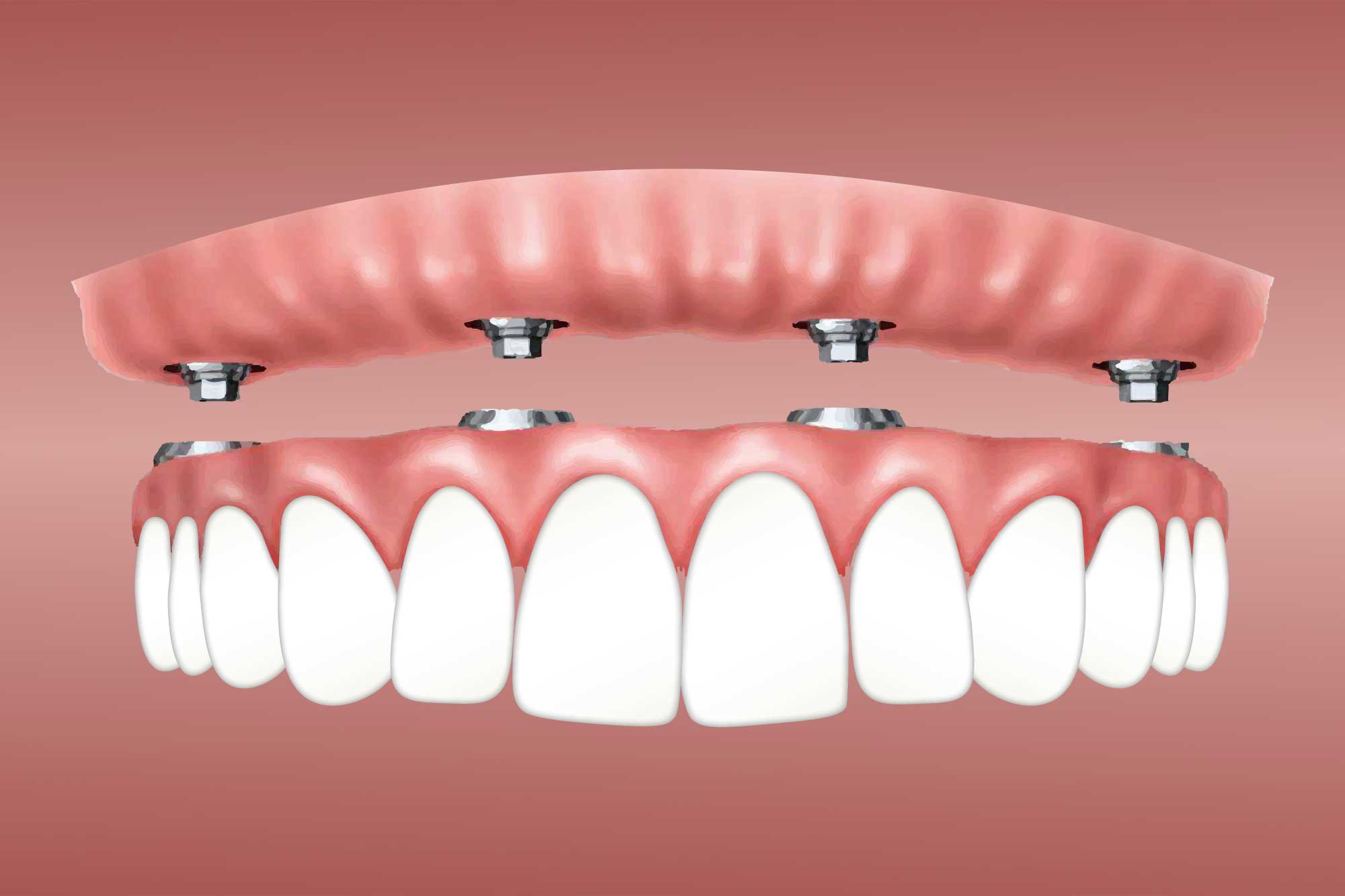Dental Tooth Implant Walker MI - Dental Implants
Dental Tooth Implant Walker MI - Dental Implants
Blog Article
Cheap Dental Implants Jenison MI - What are dental Implants?
The journey toward dental implants begins with an intensive assessment of the jawbone's condition. When there may be inadequate bone density to assist an implant, bone grafting turns into a vital process to recreate a secure foundation. Understanding how much click this bone grafting is needed for dental implants tremendously influences the treatment plan, timeline, and total Look At This success rate.
The amount of bone grafting required is decided by a number of factors, including the extent of bone loss, the implant's size, and the particular location inside the mouth. In cases of great bone loss because of periodontal illnesses, trauma, or extended tooth loss, extra intensive grafting may be necessary. Conversely, if the bone loss is minimal, a smaller graft could suffice.
Implant Dental Walker MI - Dental Implants - Top Oral Surgeon
The analysis process sometimes includes imaging studies corresponding to X-rays or 3D scans, allowing the dental professional to visualise the bone structure (Dental Implant And Bridges Grandville MI). These images help in determining the quality and quantity of present bone. If the bone is deemed inadequate, the dentist will then define the appropriate grafting procedures
Grafting could be sourced from numerous areas. Autografts, which contain harvesting bone from the affected person's personal body, are often deemed the gold commonplace. These offer excellent integration with the prevailing bone but come with the drawback of extra surgery. Other options include allografts, which use donor bone, and synthetic supplies designed to mimic natural bone. Each option has its personal implications on therapeutic and success rates.
After determining the necessary quantity of bone grafting, the dental professional will create a tailored plan for the patient. This plan may embody the timing of bone grafting in relation to the implant placement. In some cases, a graft can be performed simultaneously with the implant surgery. Alternatively, in more complicated eventualities, a separate healing period is indicated.
Healing timelines range based mostly on the individual's health, the extent of grafting, and the kind of graft used. Generally, the healing of a bone graft takes a quantity of months before an implant may be placed. During this time, bone regeneration occurs, leading to a steady base for the implant.
Dental Implant Dentures Holland MI - Dental Implants: Surgery, Purpose & Benefits
Patients often wonder concerning the risks related to bone grafting. While problems similar to infection or graft failure are attainable, these events are relatively rare. Adhering to post-operative care directions and attending follow-up appointments minimize risks and promote healing.
Once the bone has adequately healed, the dentist assesses the graft's success by evaluating the bone density and stability. If every thing seems favorable, the next steps toward inserting the dental implant can begin. The success of this next step largely hinges on the quality of the bone graft and its integration with the surrounding bone.
Cost concerns play an necessary role within the decision-making course of. The expense of bone grafting varies primarily based on materials used, the complexity of the case, and geographic location. It is important for sufferers to discuss funds upfront to avoid sudden bills later in the treatment.
Denture Dental Implants Walker MI - Dental Implants - Missing Teeth - Dentures
Also, sufferers should have sensible expectations concerning the timeline and outcomes. Many components can influence how much bone grafting is required and its total effectiveness. A collaborative approach involving the affected person and the dental group not solely ensures readability but also enhances the possibilities of a successful end result.

Maintaining good oral hygiene and common dental visits following the procedure is important. These practices can prevent complications and ensure that both the graft and the implant remain steady over time. The ongoing relationship with a dental professional is crucial, especially within the months following the procedures.
In conclusion, understanding how a lot bone grafting is required for dental implants encompasses a multi-faceted approach that considers bone quality, grafting varieties, therapeutic time, and general patient health. The stability between attaining the desired aesthetic and functional outcomes whereas minimizing risks and complications is on the heart of dental implant procedures. The journey could also be extensive, however a well-planned approach maximizes the chances for a successful, long-lasting result in restorative dental work.
- Determining the amount of bone grafting required for dental implants typically hinges on the preliminary bone density and volume of the patient's jawbone.
- Each patient's case is exclusive; elements such as previous extractions, periodontal disease, or trauma can influence the need for grafting.
- A 3D imaging scan is typically performed to assess the exact dimensions of the obtainable bone and inform the grafting strategy.
- The sort of dental implant placement—immediate or delayed—may dictate the quantity of bone grafting essential for stability and integration.
- Different forms of graft supplies, such as autografts, allografts, or synthetic choices, can impact how a lot grafting material is required.
- Assessing the patient's general health, age, and lifestyle habits can have an result on the therapeutic process, influencing graft volume requirements.
- The depth and placement of the implant can necessitate varying quantities of graft material to secure optimum outcomes.
- Successful integration of the dental implant often relies on adequate bone density, resulting in a tailored grafting method for every individual.
- Consultation with an oral surgeon will provide a clearer estimate of the bone grafting wanted primarily based on complete evaluations and imaging outcomes.
- Post-grafting healing time varies; thus, a cautious evaluation is essential to determine the ultimate quantity of grafting required for profitable implantation.undefinedHow much bone grafting is needed for dental implants?
Dental Implant And Bridges Muskegon Heights MI - Dental Implants - Tooth Replacement
What is bone grafting and why is it essential for dental implants?undefinedBone grafting is a surgical procedure that adds bone or bone-like materials to the jawbone. It is important for dental implants when the prevailing bone is insufficient to support the implant, guaranteeing stability and long-term success.
How do I know if I want a bone graft for dental implants?undefinedYour dentist or oral surgeon will consider your jawbone via x-rays or 3D imaging to determine its density and volume. If they discover that you lack sufficient bone, they'll advocate a bone graft before continuing with the dental implant.
Dental Implant Walker MI - Multiple Tooth Dental Implants
What factors affect the quantity of bone grafting needed?undefinedFactors embrace the dimensions and site of the implant website, the health and density of present bone, and individual therapeutic capacity (Dental Teeth Implants Jenison MI). These parts assist the dentist decide the appropriate quantity of graft material needed
Are there different sorts of bone grafts used for dental implants?undefinedYes, there are several sorts, together with autografts (from your own body), allografts (from a donor), xenografts (from animals), and artificial graft materials. Each sort has distinctive benefits and can be selected primarily based on particular person patient wants.
Dental Implants Grand Haven MI - Dental Implants - Oral and Maxillofacial Surgery
How long does the bone grafting process take?undefinedThe duration varies based mostly on the complexity of the grafting process and the extent of the area handled. Generally, a bone grafting procedure can take wherever from 30 minutes to a few hours, relying on the precise circumstances.
What is the recovery time after a bone graft for implants?undefinedRecovery times can differ, however usually, initial therapeutic would possibly take a couple of weeks, whereas full integration of the graft with the bone can take several months. Your dentist will provide a personalised timeline primarily based on your state of affairs.

Will I expertise pain after the bone grafting procedure?undefinedSome discomfort is widespread after a bone graft, however it's generally manageable with prescribed pain medication. Most sufferers report that pain diminishes considerably inside a couple of days.
Dental Teeth Implants Grand Rapids MI - Implants Dentistry - Dental Implants
How does bone grafting have an effect on the general dental implant timeline?undefinedBone grafting may prolong the overall timeline for receiving dental implants, as it requires a healing period earlier than implants may be placed. This can add several months to the process but is crucial for a successful implant placement.

Are there risks related to bone grafting for dental implants?undefinedLike any surgical process, bone grafting carries some risks, similar to infection, graft failure, or issues associated to anesthesia. However, when performed by an experienced professional, these risks are generally low.
Can I have dental implants positioned immediately after a bone graft?undefinedIn many circumstances, dental implants can't be positioned instantly after a bone graft due to the need for the graft to combine into the present bone. However, some methods, like immediate loading, could allow for this underneath particular conditions. Your provider will advise you on the most suitable choice primarily based on your circumstances.
Report this page